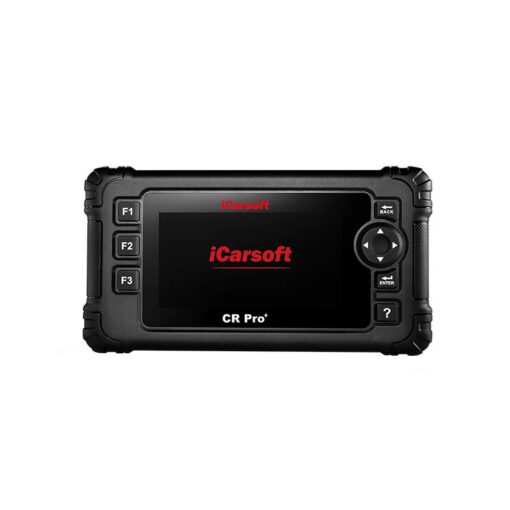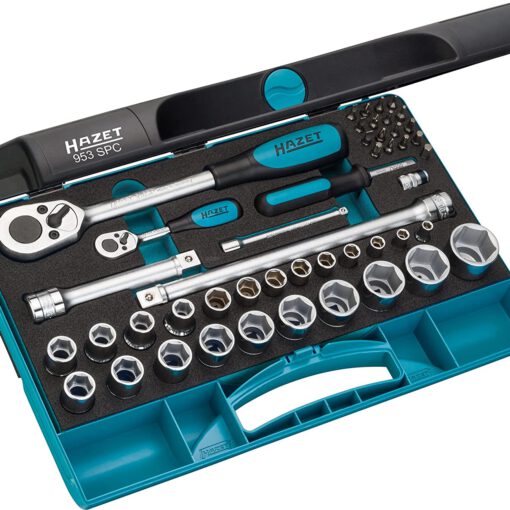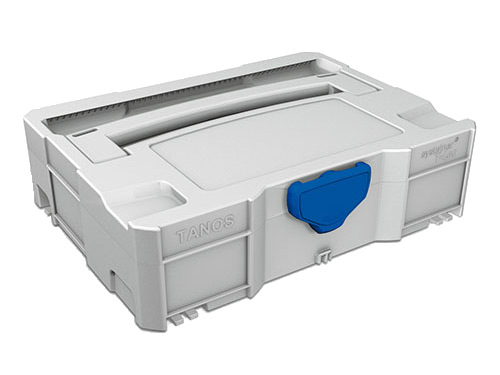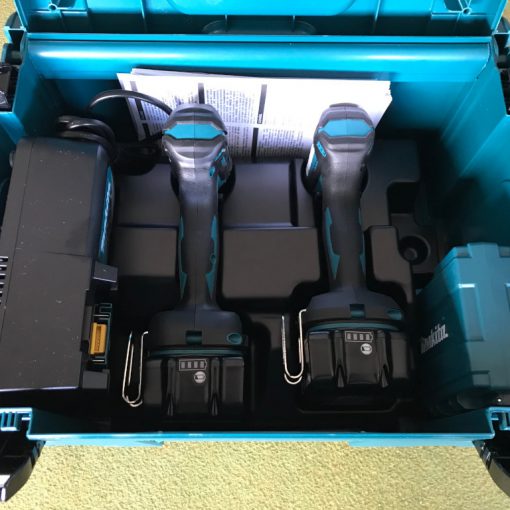One of the more important power tools for a woodworking shop is a Mitre saw. As the name implies, it is used for cutting mitres, but also for cross-cutting, and most can also be used for cutting bevels (by tilting the blade). There are two types of Mitre saws: Those that slide, and those who don’t. For non-sliding mitre saws, the cut width is governed by the blade diameter. Sliding mitre saws can make wider cuts, but sacrifice some rigidity, and are usually a bit more expensive. Nevertheless, most woodworking mitre saws are currently of the sliding type, and the ability to make wider cross cuts is especially useful if you don’t own a table saw.
The most common blade diameters are 10″ (254mm) and 8 1/2″ (216mm). I would avoid smaller diameters. 12″ (305mm) mitre saws are usually of the non-sliding type. An important thing to consider is the way the slide mechanism operates: the first type has the rails attached to the saw, so they move and protrude towards the back if the saw is all the way backwards. The second type has the rails attached to the base, which saves space at the rear of the saw.
Mitre saws are available in cordless versions, which makes sense if you are a contractor who needs to bring his tools to the construction site. For use in a workshop, I recommend a corded version.
There are quite a number of options, these are the ones I considered in the lower price range:
- Bosch PCM 8 SD: 216mm blade, 305mm cutting width, moving rails. I looked at one of these in a hardware store and it felt quite flimsy.
- Makita LS0815FLN/LS1016LN: 305/310mm cutting width, moving rails. A bit more expensive than the other options, good reviews.
- Metabo KGS 216 M/KGS 254 M: 216/254mm blade, 305mm cutting width, moving rails. Interesting price, but mixed reviews.
- Ryobi EMS216L/EMS254L: 216/254mm blade, 270/305mm cutting width, fixed rails. Compact due to the fixed rails, but complaints about inaccuracy and a table that isn’t flat. No soft-start.
- Dewalt DWS774: 216mm blade, 250mm cutting width, fixed rails. Compact but less cutting width than the competitors. The DWS771 and DWS777 model have 270mm cutting width, but are more expensive. The same is true for the DWS778 model with 254mm blade and 305mm cutting width.
A common complaint about all these saws is ineffective dust removal, which seems to be difficult to achieve with such an open design. Beyond that, it’s not an easy choice. On paper, the Metabo looks good due to its price (a bit above €200 for the 216mm model) and the Ryobi due to its compact size, but there were too many negative reviews for both. The Makitas get good reviews and have good specs, but have the moving rail that needs a lot of space to the rear of the saw. The Dewalts have the compact fixed rail, but the DWS774 only has 250mm cutting width, and the others are more expensive. If the 250mm cutting width is sufficient, then the Dewalt is probably the best choice. I eventually got a track saw and a non-sliding mitre saw.




